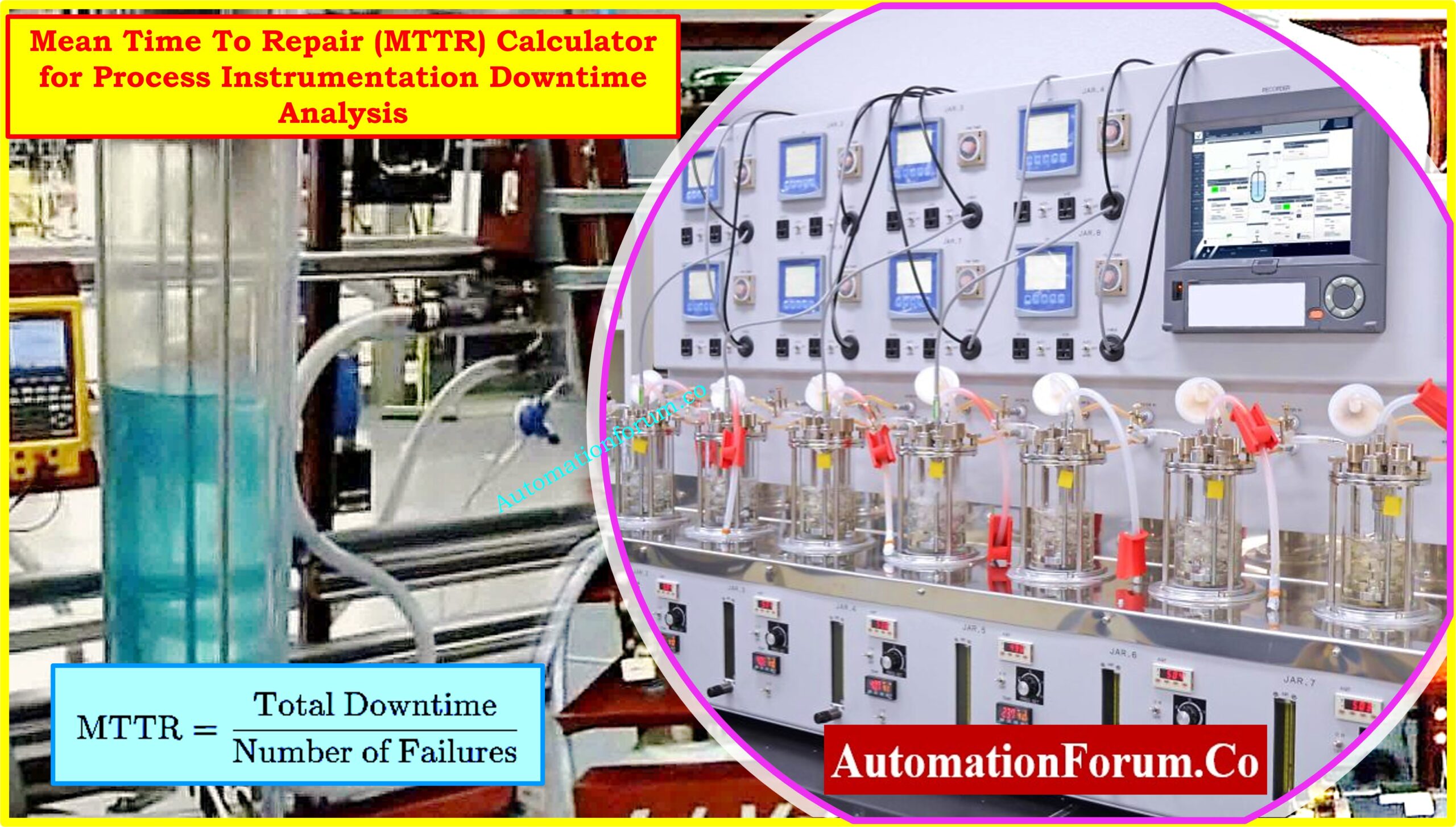What is a Fuse:
The fuse consists of a low resistance metal cable enclosed in a non-combustible material. Whenever a short circuit, overcurrent or mismatched load connection occurs, then the thin wire inside the fuse melts due to the heat generated by the heavy current flowing through it. Therefore, it disconnects the power supply of the connected system. In normal circuit operation, the fuse cable is only a low resistance component and does not affect the normal operation of the system connected to the power supply.
Types of Fuses:
There are different types of fuses available in the market and they can be categories on the basis of Different aspects.Good to know: Fuses are used in AC as well as DC circuits.
Fuses can be divided into two main categories according to the type of input supply voltage.
- AC fuses
- DC fuses
AC and DC Fuses
In a DC system, when the metallic wire is melted due to the heat generated by the overcurrent, then the arc is produced and it is very difficult to extinguish this arc due to the constant value of CC. Therefore, to minimize the arc of fuses, the DC fuse is a bit larger than an AC fuse that increases the distance between the electrodes to reduce the arc in the fuse. On the other hand, that is, in the AC system, the voltage with a frequency of 60Hz or 50Hz changes its amplitude from zero to 60 times per second, so the arc can be easily extinguished compared to the DC. Therefore, AC fuses are a bit small in size compared to DC fuses.
Fuses can also be categorized based on one time or multiple Operations.
One time use only Fuse
Such types of fuses can be categories on the following basis.
-
Current carrying Capacity of Fuse
-
Breaking capacity
-
I2t value of Fuse
-
Response Characteristic
-
Rated voltage of Fuse
-
Packaging Size
Fuse Current Carrying Capacity:
Breaking capacity:
I2t value of Fuse
The I2t terms related to fuse normally used in short circuit condition. it is the amount of energy which carry the fuse element when the electrical fault is cleared by fuse element.
Response Characteristic:
Response characteristic shows the response time for over current event. Fuses which respond rapidly to the over current situation is called ultra fast fuses or Fast fuses. They are used in Many semiconductor devices because semiconductor devices damaged by over current very rapidly.
There is another fuse which Is called Slow burn fuse, switch fuses do not respond rapidly to the over current event, but blow after several seconds of over current occurrence. Such fuses found their application in motor control electronics systems because motor takes a lot more current at starting than running.
Rated Voltage of Fuse:
Packaging size:
Other Types of Fuses
Cartridge fuses
There are two types of Cartridge fuses. 1. General purpose fuse with no time delay and 2. Heavy-duty cartridge fuses with time delay. Both are available in 250V AC to 600V AC and its rating can be found on the end cap or knife blade.

Blade Type fuses:
This type of fuses (also known as spade or plug-in fuses) comes in plastic body and two metal caps to fit in the socket. Mostly, they used in automobiles for wiring and short circuit protection. to read more about Blade Type of HRC fuses, check this post. Types of HRC Fuses.

Other Types of Fuses like SMD Fuses , Axial Fuses, Thermal Fuses, HRC (High Rupturing Capacity) fuse and High Voltage fuses

SMD Fuse and Axial fuse
Resettable Fuses:
The application of such fuses is overcome when the manual replacement of fuses is difficult or almost impossible, p. fuse in the nuclear system or in the aerospace system.

Typical Uses and Applications of fuses:
Electronic Fuses can be used in all types of electrical and electronic applications including:
- Motors
- Air-conditions
- Home distribution boards
- General electrical appliances and devices
- Laptops
- Cell phones
- Game systems
Also read





